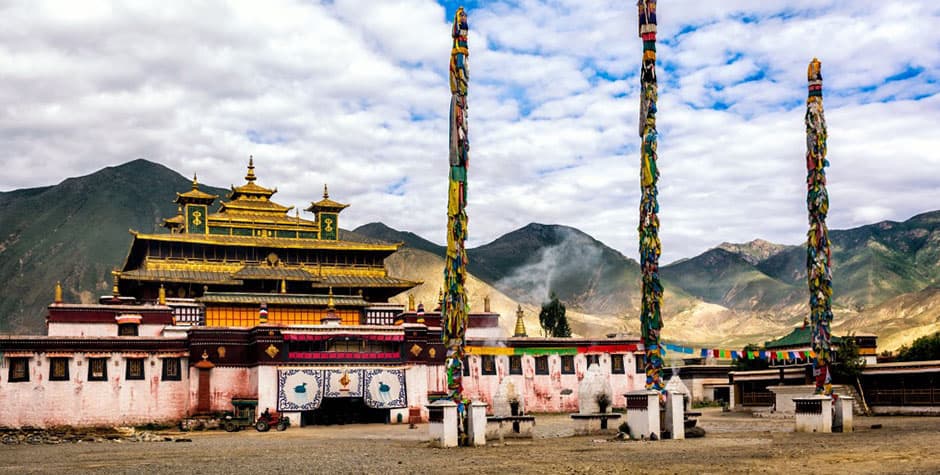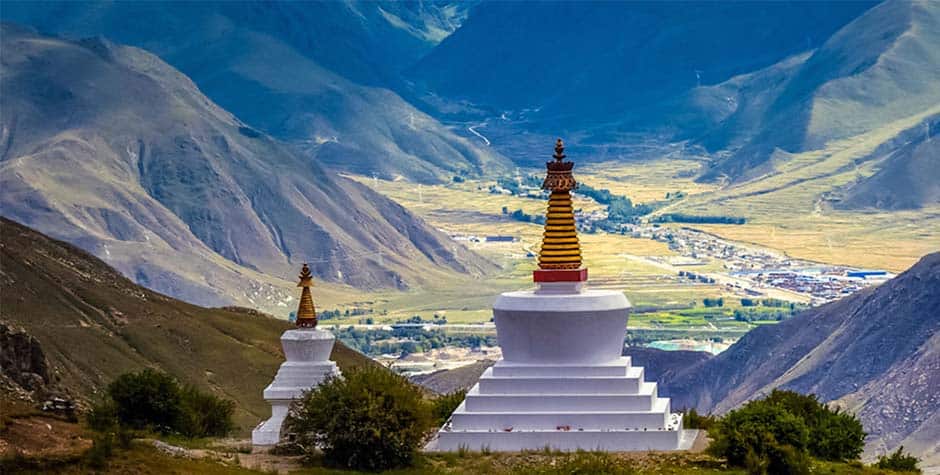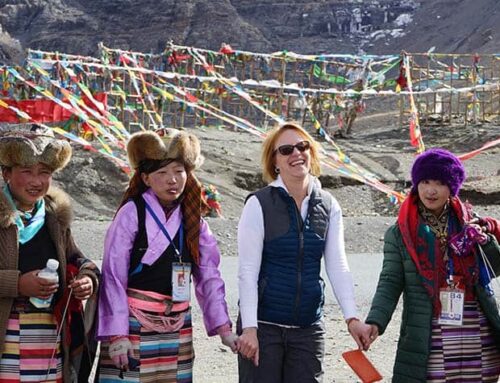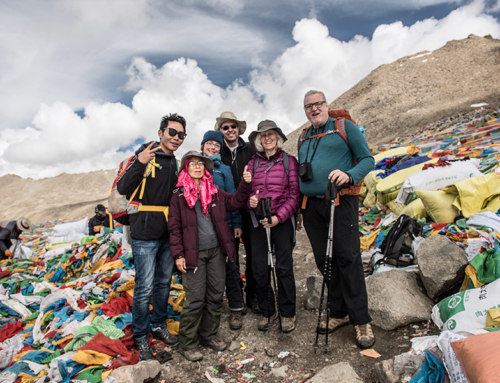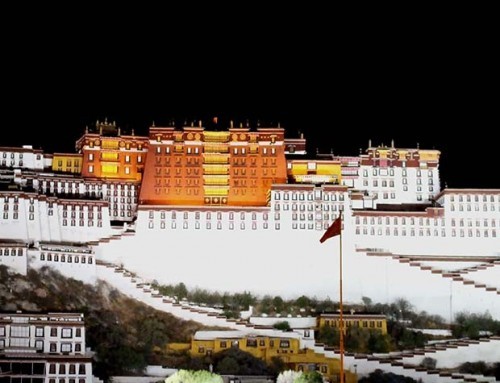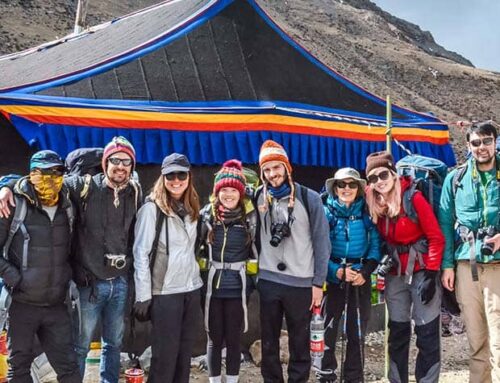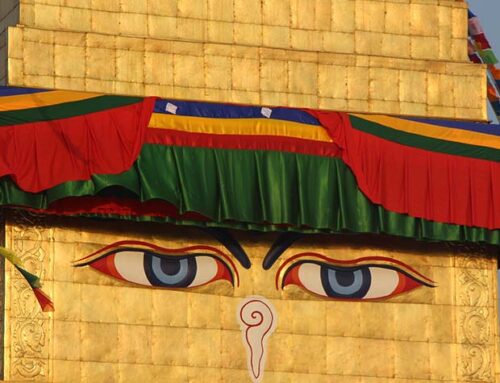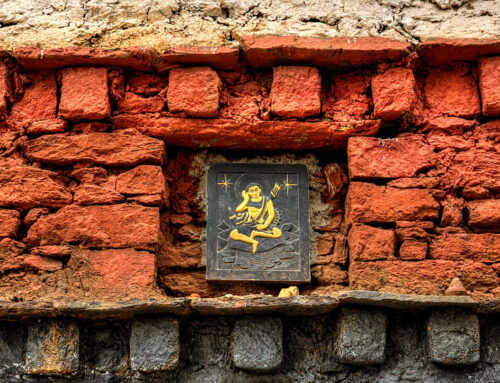Tibetan Dzi beads are the most expensive things you can buy in Tibet as a souvenir during Tibet tour. The most costly Dzi you can buy are the ancient Dzi, which would cost you about the millions of RMB. In the 1980’s many travellers had the opportunity of purchasing the ancient Dzi from local Tibetans.
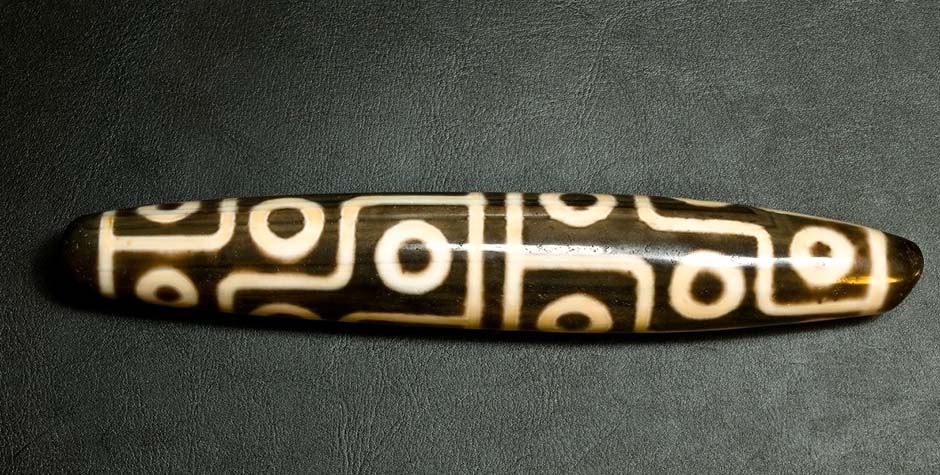
What is Gzi
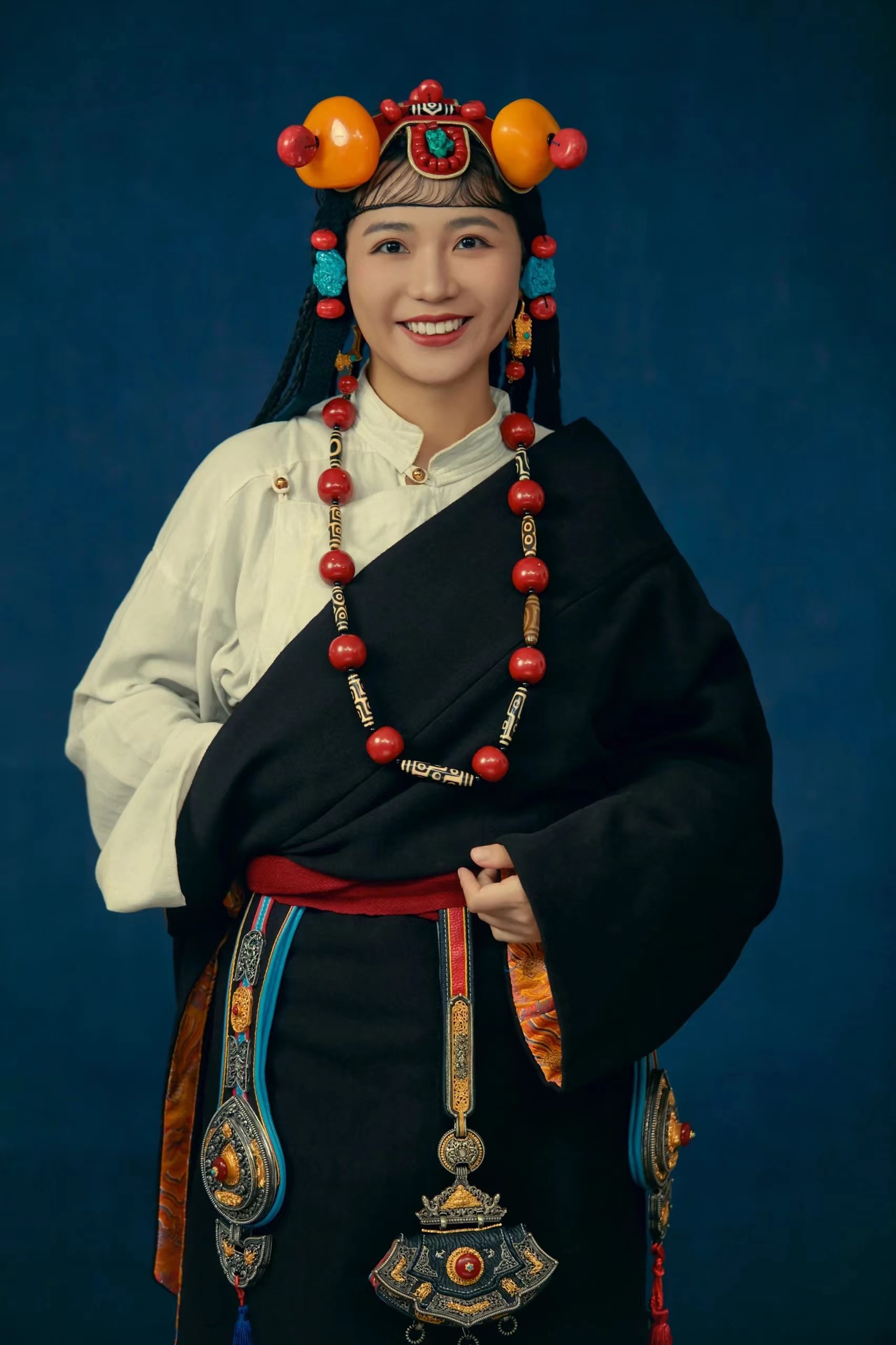
Dzi beads are any ancient beads (decorated or not decorated) that have been found in Tibet and other Himalaya region. Dzi is a generic name for large numbers of ancient chalcedony stone or agate beads that are Natural, colour enhanced and decorated. It is not reserved only to the stone bead with the eye. but all the Dzi are not that popular as that of pure Dzi. Dzi is considered ancient if it is older than one thousand years old. we must know that not all the Dzi were made from the same place and at the same time. this lead to the variety in the quality and the method used in making it. We Tibetan consider pure Dzi in not made by the human that is why is considered a priceless.
The origin of Tibetan Dzi beads
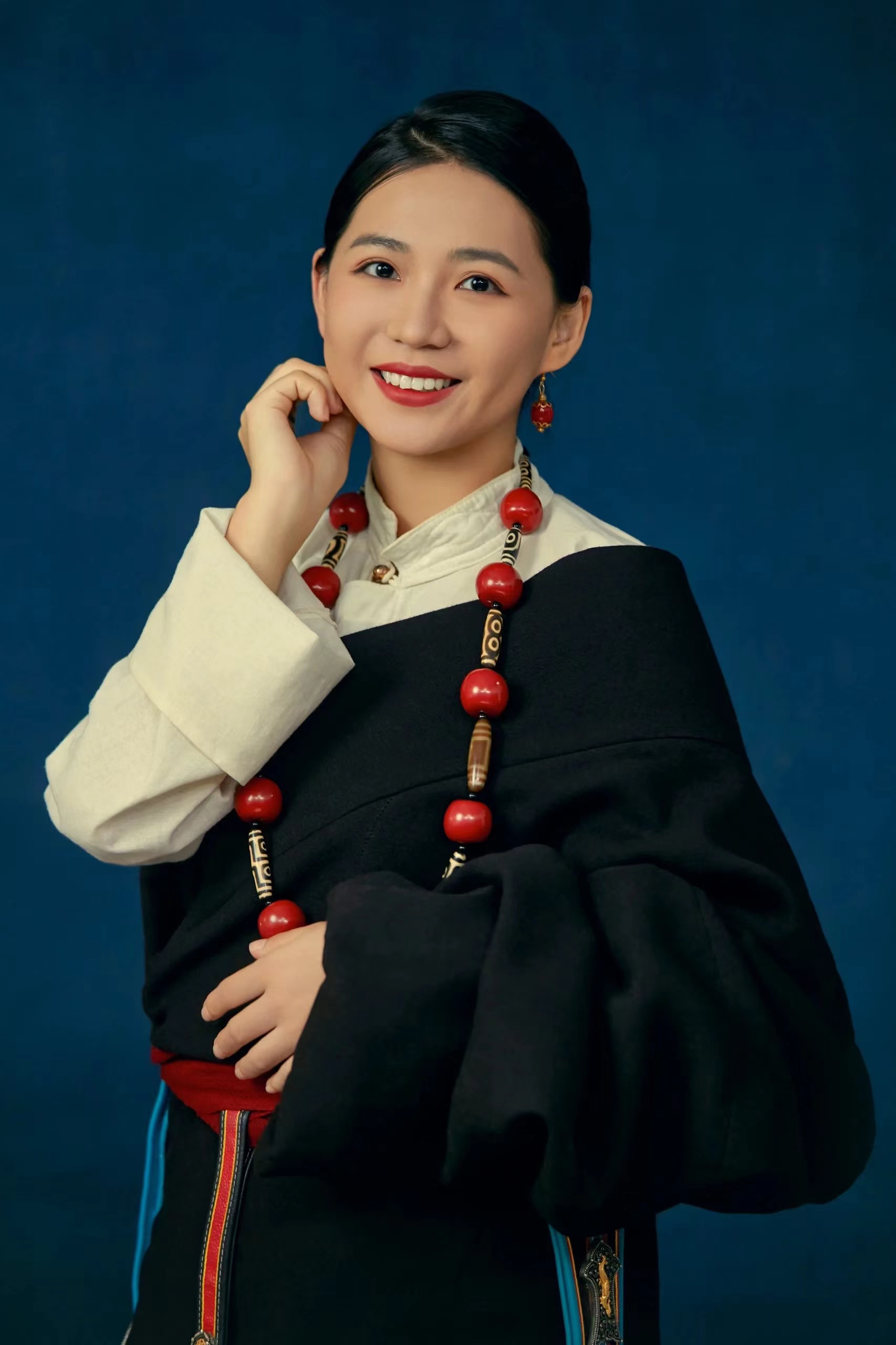
The Dzi can be traced back to the Indus river civilization, between 2000 to 1000 BC. Historical records and evidence, does show that there is a craft in Indus river civilization about making beads. In the earlier Tibetan power in central Asia, Tibetan raiders have brought back home thousands of Dzi beads from Persia.
How are Tibetan Dzi beads made?
It is widely believed that the art of making Dzi is still largely unknown, and it is considered a lost art form in the world. The materials used in the making of Dzi are agate as a base stone. Tibetans believe humans do not make it. There is a widespread belief among us that the Dzi is an insect, and when touched by human heat, it transforms into the Dzi. Some others believe it to be droppings of the Garuda bird. Whatever it is, we value it so much for its rarity. We also cherish the bead as a hereditary gem. Passed down for hundreds of generations and worn by thousands of individuals. Dzi beads also have medicinal value in our Tibetan traditional medical system. It is an ingredient in high-value Tibetan medicine.
Categories of Dzi Beads
Category 1 is generally the most sought out after the group of beads in order of desirability. It should be noted that Dzi with eyes tends to be the most sought after all Dzi. However, other beads in this category can be easily more valuable. In some cases, If beads are sells as a matching pair, this can significantly increase their value. As an example, a couple of perfectly match Tiger Dzi would command more excellent value as a pair than selling it individually.
The more simple way to view these categories is by seeing that all the beads in this category one are regarded as a pure Dzi and therefore of consist of Origin. Luk Mik Dzi with decoration would be regarded as a pure Dzi within this category and natural varieties would not. We Tibetans view pure Dzi as being of Divine or supernature origin and therefore not made by human hand. Even the bead hole is believed to be a natural occurrence and not drilled by hand. Beads in category 2 are also highly valued as amulets, however, they would not be seen as possessing the same merit as category 1 beads. Ancient beads that have a terrestrial origin do not hold quite the same allure as beads believed to have fallen from the heavens.
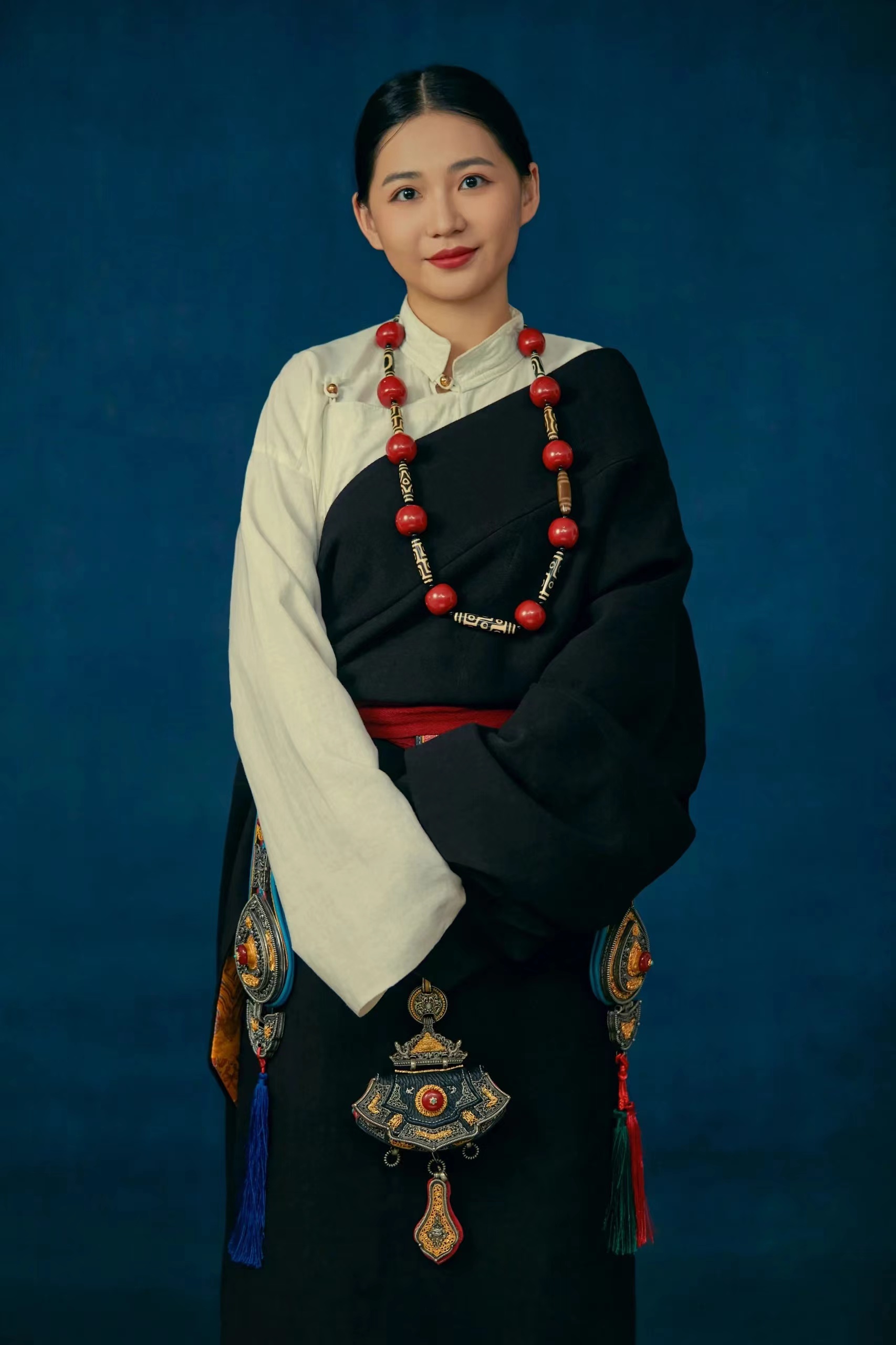
Category 1:
- Dzi with eyes (which include fusiform, oval and barrel shape Dzi)
- Oval Dzi (which can include lotus design, longevity vase, and other decorations. In some regions of Tibet these beads can be sought after than beads with eyes).
- Dzi with unusual design (which include a combination of eyes and unique motifs).
- Tiger Dzi, these Dzi is an oval shape and display double stripe decoration. Some times rare beads can contain more stripes.
- Tasso Dzi, these are single stripe Dzi is not to be confused with double stripes Tiger Dzi.
- Luk Mi Dzi or Ta Mik Dzi, this includes both decorated and native varieties that are likely to have originated from India and western Asia. It is the refurbished variety of these tabular beads that are most looked after. Some rare beads can include symbols such as swastika or cross. Only the decorated bead is considered a pure Dzi.
Category 2:
- Chong or Chung Dzi with unusual decorations and eyes- some Chung Dzi can display eyes and other Decorations. they are very collectable but not fall into the pure Dzi category and this is reflected in their market value.
- Chong Dzi with stripes
- Phum Dzi– These wonderful beads usually display net or longevity decoration and in some rare cases they can display eyes and other decoration. they are usually gray and black in color and display a white decoration, They can also be much fatter than other beads and have a less uniformed shape.
- Natural banded agates or heat-treated agate beads. These beads can display a variety of colours and natural banding. the most sought after of these beads will display natural eye formations and the stronger darker base colour.
- Natural round (some times barrel-shaped) agate beads known as Bhaisajyaguru, Soloman, or Suleimani beads. they are usually opaque beads that are black/brown/grey in colour and can display natural crystalline banding they are considered perfect beads for spencer and complete Malas.
- Decorated (Also known as etched) agates and carnelians (which include the Pyu beads Burma and decorated beads found in southern India and western Asia). These beads can display stripes, eyes and unusual decorations. They also come in a variety of shapes and size and can range from subtle orange to deep ruby red in color( if made from Carnelian ). their decoration is usually white but can also appear in black.
We hope you like our post on Tibetan Dzi beads. Read more in Wikipedia.
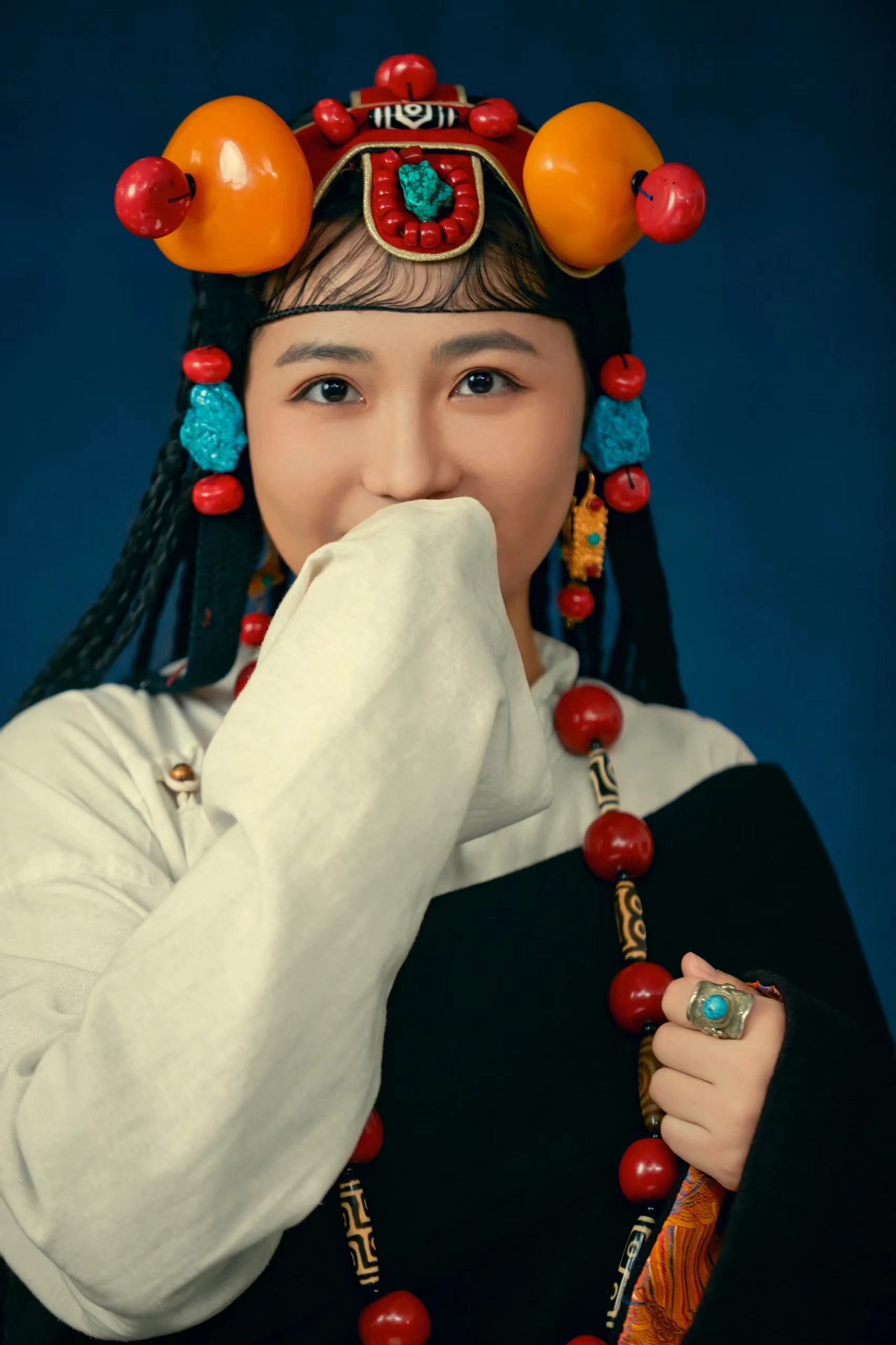

Tenzin Travel is the best Tibetan Travel agency in Tibet. Our agency is one of Tibet’s most experienced tour operators, with over 20 years in the industry. Founded by a local Tibetan family with decades of expertise as guides, managers, and route planners. We craft personalized itineraries for every traveler. Our agency is the highest-rated and most recommended Tibet travel agency on TripAdvisor, Google, and Lonely Planet.
We can make holistic arrangements for your trip to Tibet. Including a Tibet Travel Permit, a Tibetan tour guide, flight tickets, train tickets, vehicle arrangements, and hotel bookings in Tibet.
Our Lhasa office is just steps from Barkhor Square. All our Tibetan team ensures deep cultural, linguistic, and religious insights, setting us apart from other agencies.
Beyond tourism, we support Tibetan communities by donating a portion of each tour to local projects. Your travel to Tibet is about more than profit—it’s about the opportunity for us to give back.



